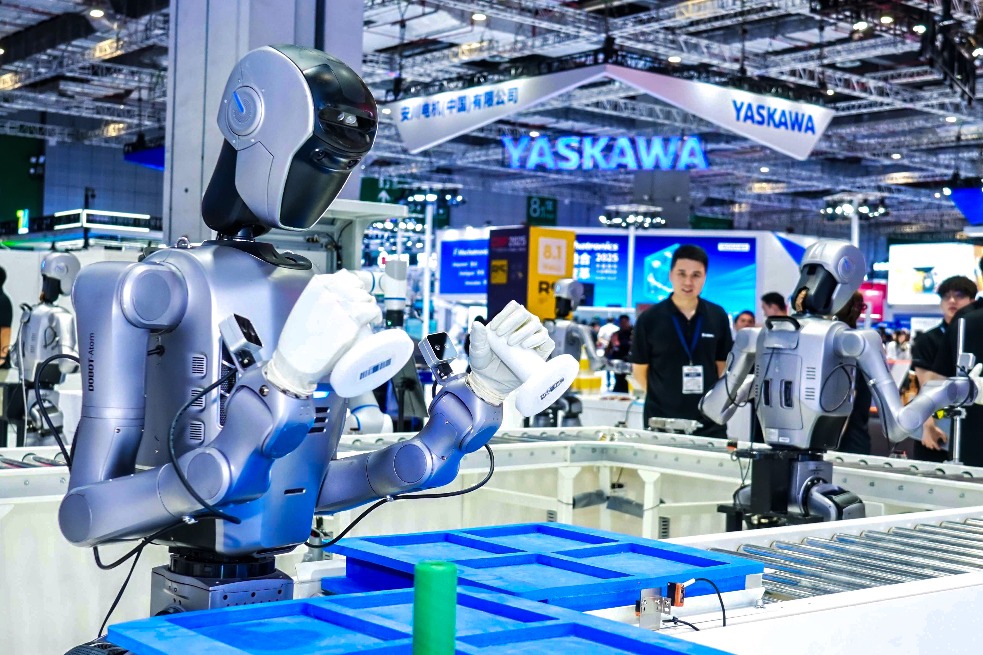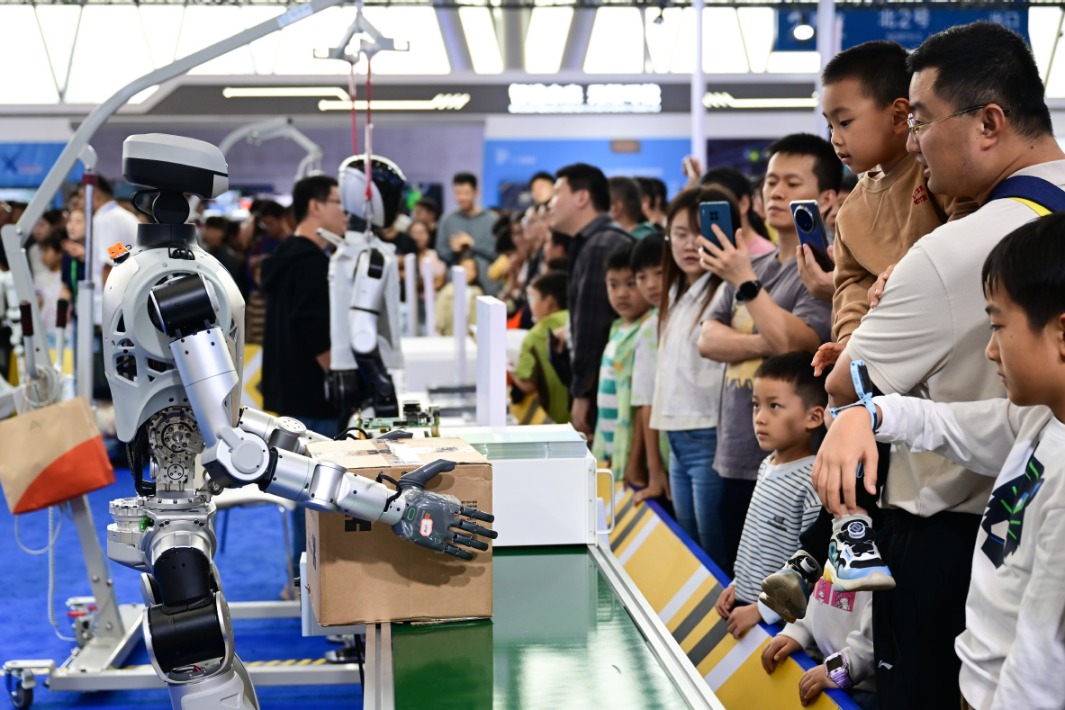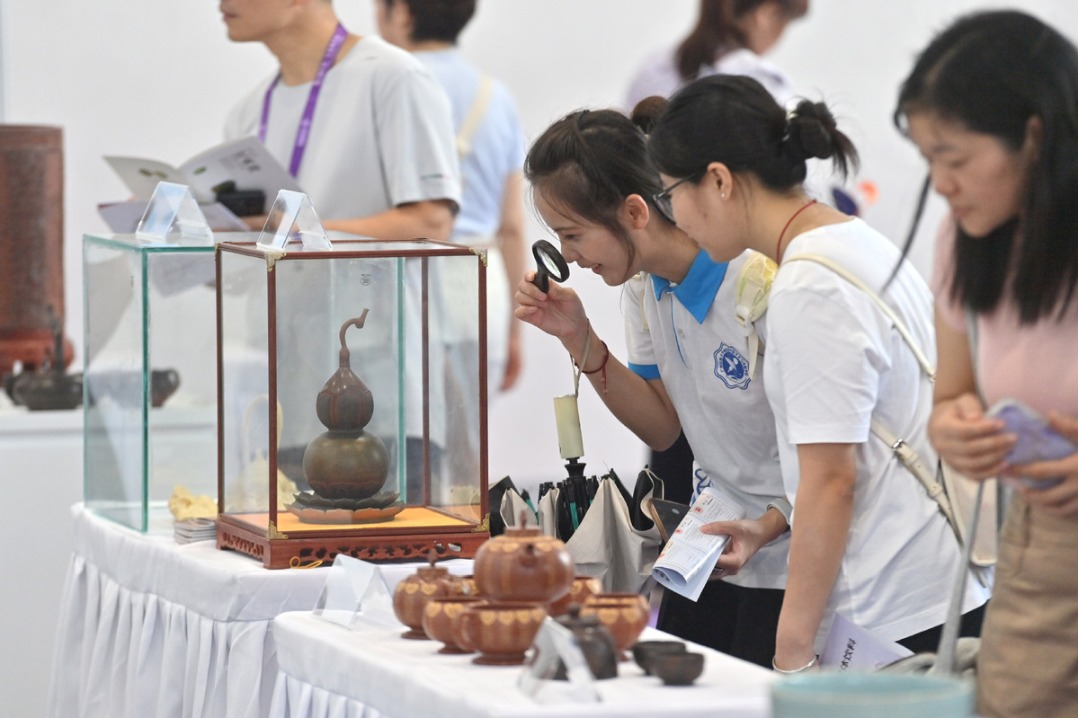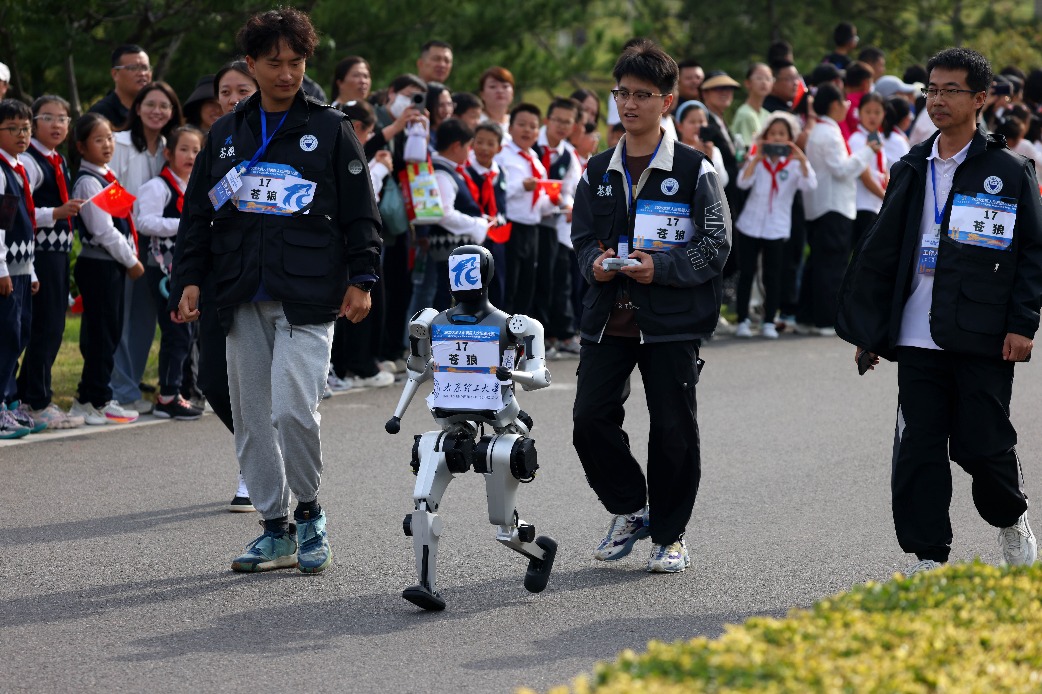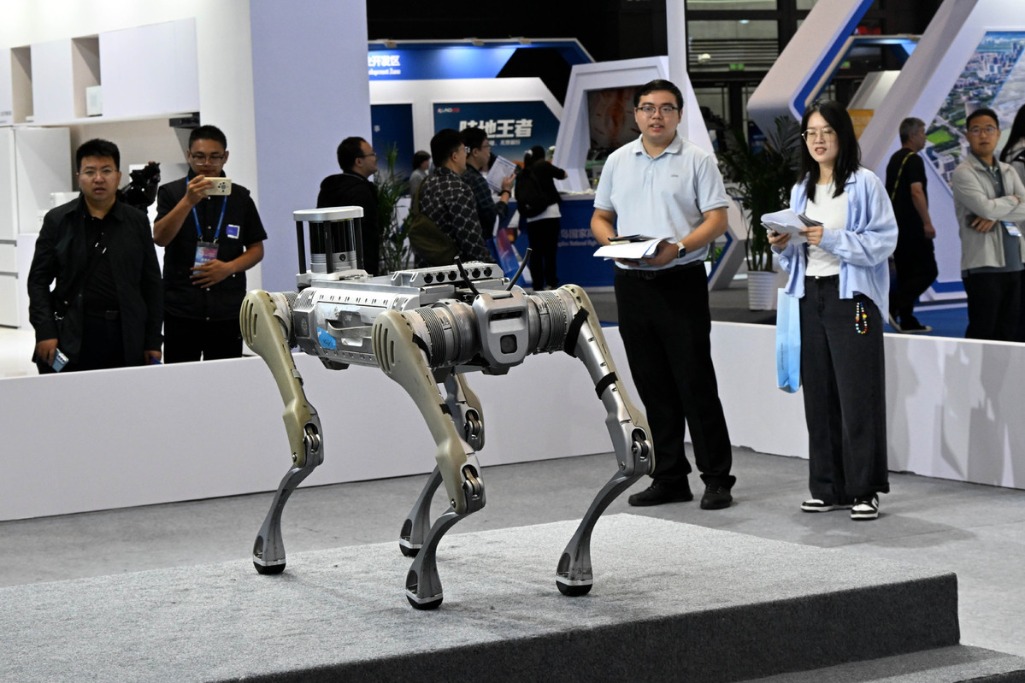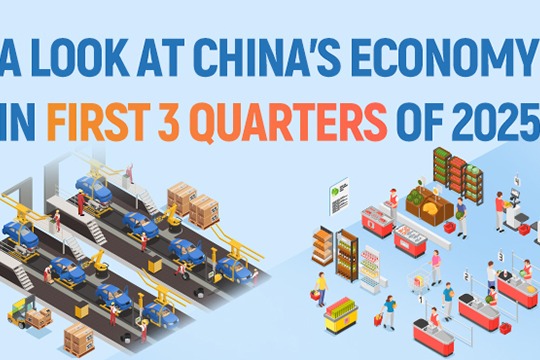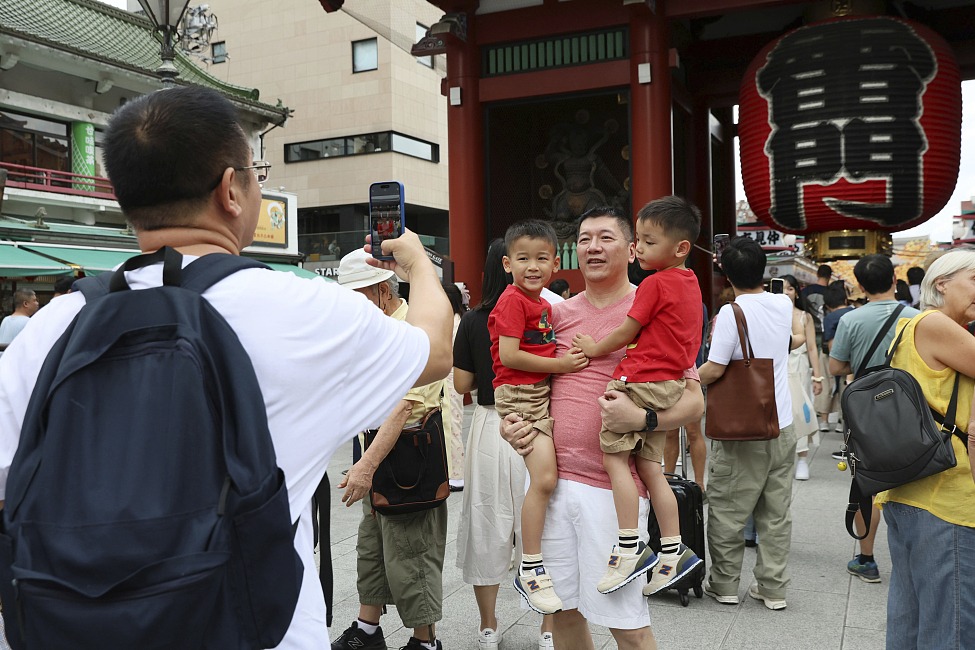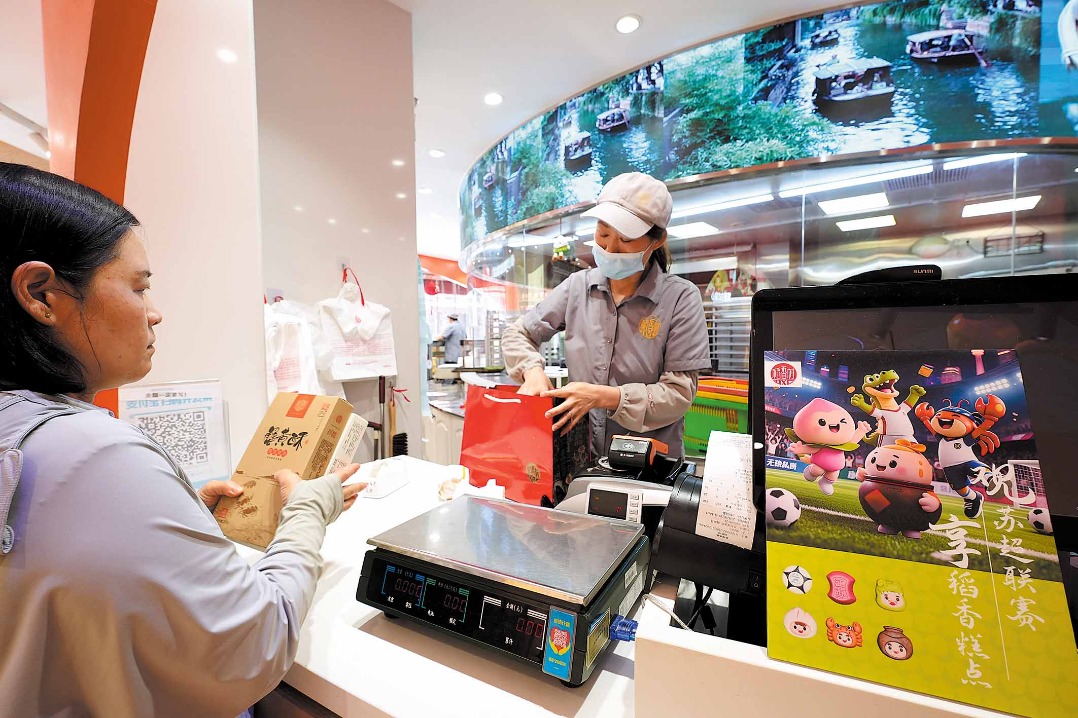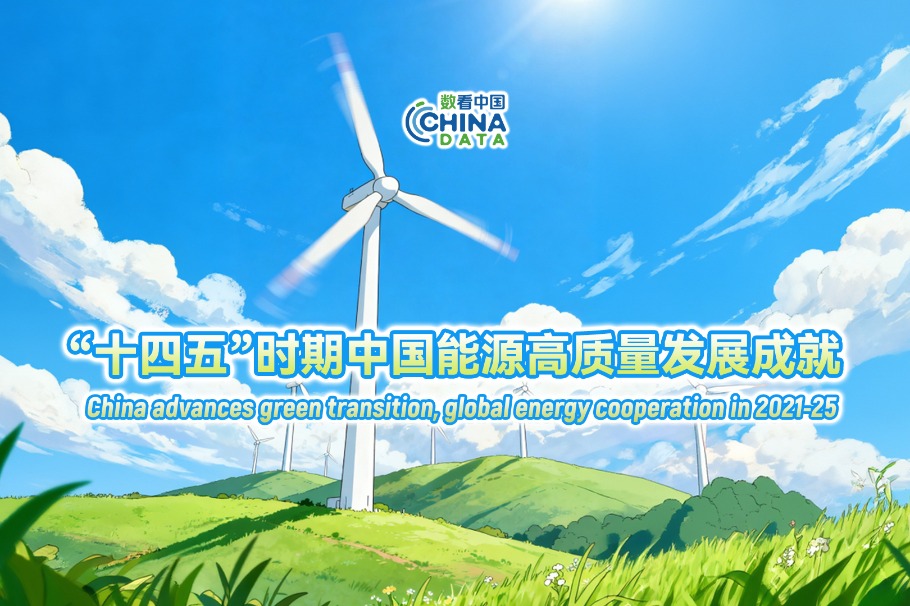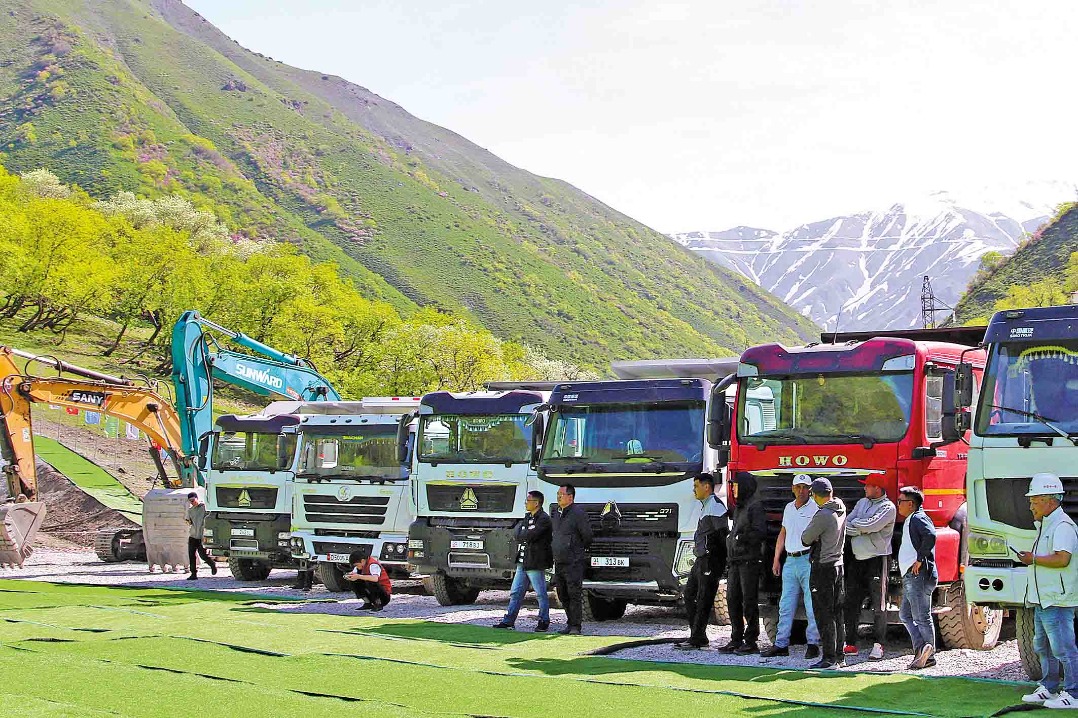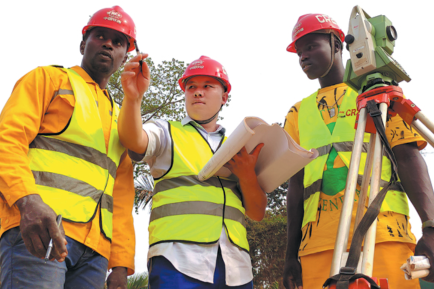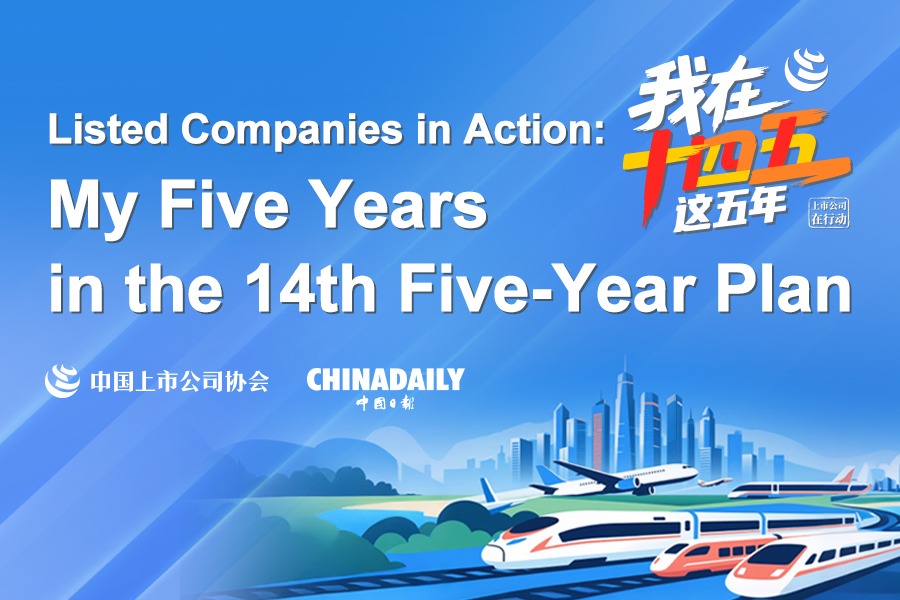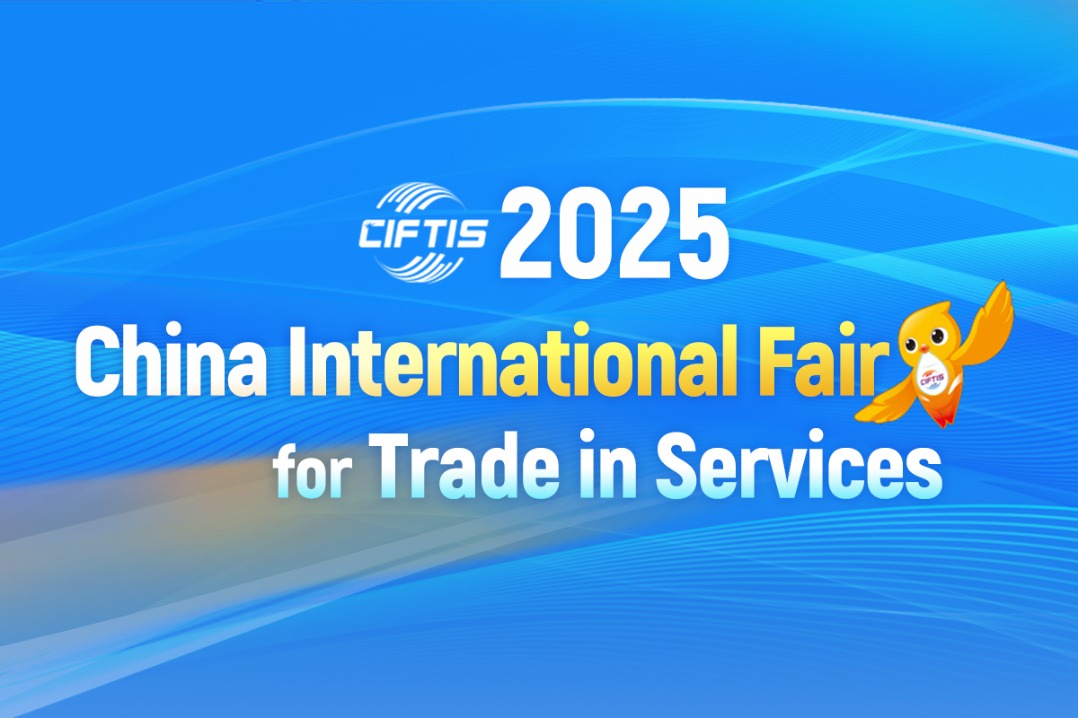Greater sophistication new hallmark of foreign business
Nation moves to technology-intensive, globally integrated model amid challenges


During the early years of the 14th Five-Year Plan (2021-25) period, running a manufacturing business was easy for many factory owners in China.
Orders poured in from clients in Frankfurt, Osaka, Melbourne, Detroit, Sao Paulo and Nairobi. Factories hummed day and night, turning out laptops, garments, ventilators and industrial equipment to be shipped across oceans.
Even amid the COVID-19 pandemic, China's foreign trade surged 21.4 percent year-on-year to 39.1 trillion yuan ($5.49 trillion) in 2021, according to the General Administration of Customs, or GAC.
Today, that pattern has been transformed. The old processing-based trade model has been replaced by a far more sophisticated, technology-intensive and globally integrated landscape — one that reflects China's transformation from the world's workshop into a key driver of innovation and trade amid rising geopolitical uncertainties and shifting global supply chains.
During the 14th Five-Year Plan period, China advanced high-level opening-up on all fronts. The country expanded its pilot free trade zones and promoted steady implementation of the Regional Comprehensive Economic Partnership, the world's largest free trade pact in terms of GDP and population, said Commerce Minister Wang Wentao.
Wang said China will intensify efforts to advance high-quality trade development, deepen international cooperation and bolster innovation to further boost exports during the next five-year plan period.
As these efforts take effect, China's export structure is also shifting toward greater sophistication.
Lyu Daliang, director of the GAC's department of statistics and analysis, said Chinese businesses have also moved up the value chain, creating new competitive edges in electric passenger vehicles, lithium batteries and solar cells — dubbed the "new trio" of Chinese exports.
Together with the fast-growing artificial intelligence, semiconductor, robotics and innovative drugs sectors, these industries are symbols of China's industrial upgrading and green transition, he added.
Innovation transformation
This transformation is evident on the factory floor.
Jiangsu Tianhong Machinery Industrial Co, a Danyang, Jiangsu province-based industrial equipment manufacturer, launched a new generation of intelligent aluminum alloy melting equipment during the 14th Five-Year Plan period.
"Our new product reduces energy consumption while improving melting speed and purity," said Tang Jianjun, head of the company's foreign trade unit, adding his company will continue to strengthen industrial R&D and strive for new breakthroughs in aluminum alloy casting and related fields during the next five-year plan period.
In the first eight months of 2025, Jiangsu Tianhong's export value exceeded 50 million yuan, up 11.1 percent year-on-year, data from Nanjing Customs showed.
"We will expand our global footprint by establishing innovation and sales centers in Europe, Southeast Asia and Mexico, aiming to raise the share of foreign trade in our total sales to 60 percent between 2026 and 2030," said Tang.
About 1,400 kilometers from Danyang, workers at Guangdong Greenway Technology Co, a lithium battery manufacturer based in Dongguan, Guangdong province, are busy loading shipping containers with lithium batteries of various shapes and sizes destined for the port of Rotterdam in the Netherlands.
"To meet different climate conditions and user needs around the world, we have developed two main battery solutions," said Wu Jing, head of the company's foreign trade unit.
One is designed for cold regions, it can be charged at temperatures as low as — 10 C and still work at — 20 C, solving a major challenge for users in chilly environments.
The other is built for hot climates, able to operate steadily even at around 40 C. This version has become the first battery choice in many tropical regions in Southeast Asia and Africa, powering electric scooters, cleaning robots and portable energy storage systems that serve both daily life and industry.
Wu said that constant innovation is essential for Chinese manufacturers to stay competitive in the global market and avoid being left behind.
Guangdong Greenway saw its exports jump 65 percent on a yearly basis to 576 million yuan in the first half of the year, according to Huangpu Customs in Guangdong.

















